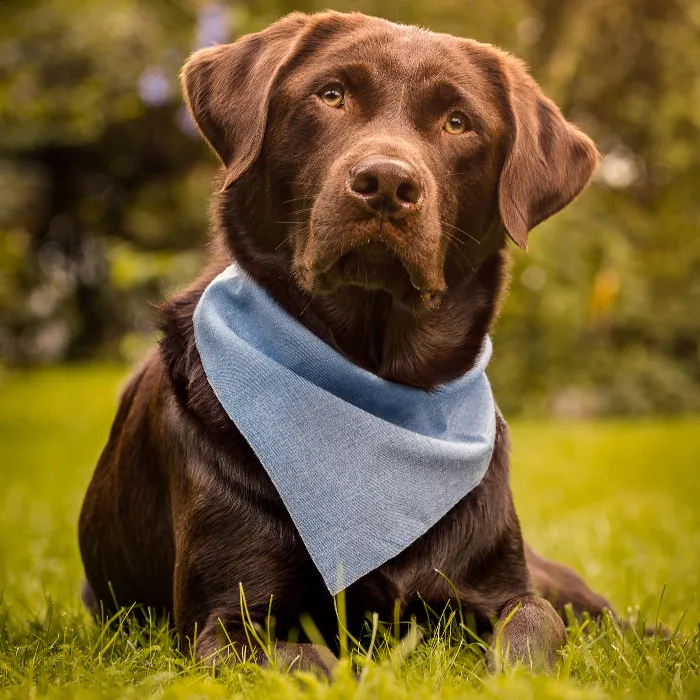Capturing the dynamic moments of a running dog can be both challenging and incredibly rewarding. If you are well prepared and master some basic techniques, you can take impressive shots that perfectly capture the energy and character of your four-legged friend. This guide will take you step by step through the process, so you are well-equipped for your next shoot with your dog.
Key Insights
The central idea when photographing moving dogs is to anticipate the direction of movement and set the camera accordingly. An effective autofocus and a suitable composition are crucial to achieving the best results. Practice and patience are essential to get the perfect shot.
Step-by-Step Guide
1. Planning and Preparation
Before you start the shoot, it's important to be clear about where the dog will run. This makes it easier for you to determine the direction of movement and adjust the camera accordingly. If possible, work with an assistant: Have the dog sit at a specific point while your assistant moves to another location and calls the dog. This will give you the necessary foresight about where the dog will actually move.

2. Setting the Focus Correctly
When the dog runs towards you, focusing can sometimes be a challenge. You should aim to focus on the dog's head, as it moves the most and thus provides the camera with reliable information for the focus. It's important to be familiar with the focus settings to make the most of your camera.
3. Understanding Servo Autofocus
An important factor for successful motion shots is understanding your camera's servo autofocus. You should know how long it takes for the camera to track focus when your dog moves. This allows you to estimate the maximum speed at which the dog can move.
4. Composition and Cropping
Composition is another crucial aspect you need to keep in mind. Often, important parts of the dog motif can get cropped at the edge of the image or even out of the picture entirely. Practice panning your camera at the right speed to avoid this. A useful tip: ensure that the dog is always positioned in the right half of the frame when running from left to right. This gives you enough space for the dog and helps keep the focus on the dog's head.
5. Adjusting Distance and Focal Length
When photographing your dog, it's helpful not to get too close to the subject right away. Choose a shorter focal length to have more buffer around the dog. When the dog runs or jumps, it will stretch out, and you will need enough space to capture it fully. This not only makes composition easier, but also post-processing, as you can choose a tighter crop later.
6. Practice Makes Perfect
Like with any form of photography, practice is essential here as well. Trust that you'll get better over time, and your camera handling will improve. Take your time to experiment with different settings and perspectives. The more you photograph, the more you will learn which techniques work best for you.
Summary - Outdoor Dog Photos: How to Achieve Dynamic Shots
Capturing movement moments in dog photography requires planning, technique, and a lot of practice. With the right preparations and an understanding of your camera, you can create incredible images that reflect the energy and personality of your dog. Don't be discouraged by challenges; over time, you will become more confident and better at your craft.
Frequently Asked Questions
How can I better anticipate the movement direction of my dog?Use an assistant to lure the dog and observe its running direction.
Why is focusing on the dog's head important?The head moves the most, making it easier for the camera to set the focus accurately.
How do I get to know my camera's servo autofocus better?Read the user manual for your camera or look for tutorials that focus on the autofocus function.
What can I do if important parts of the dog are cropped in the image?Ensure that the dog has more space in the picture and practice camera handling.
What focal length should I choose for dynamic dog photos?A shorter focal length helps to have more buffer around the dog and capture the entire movement.


